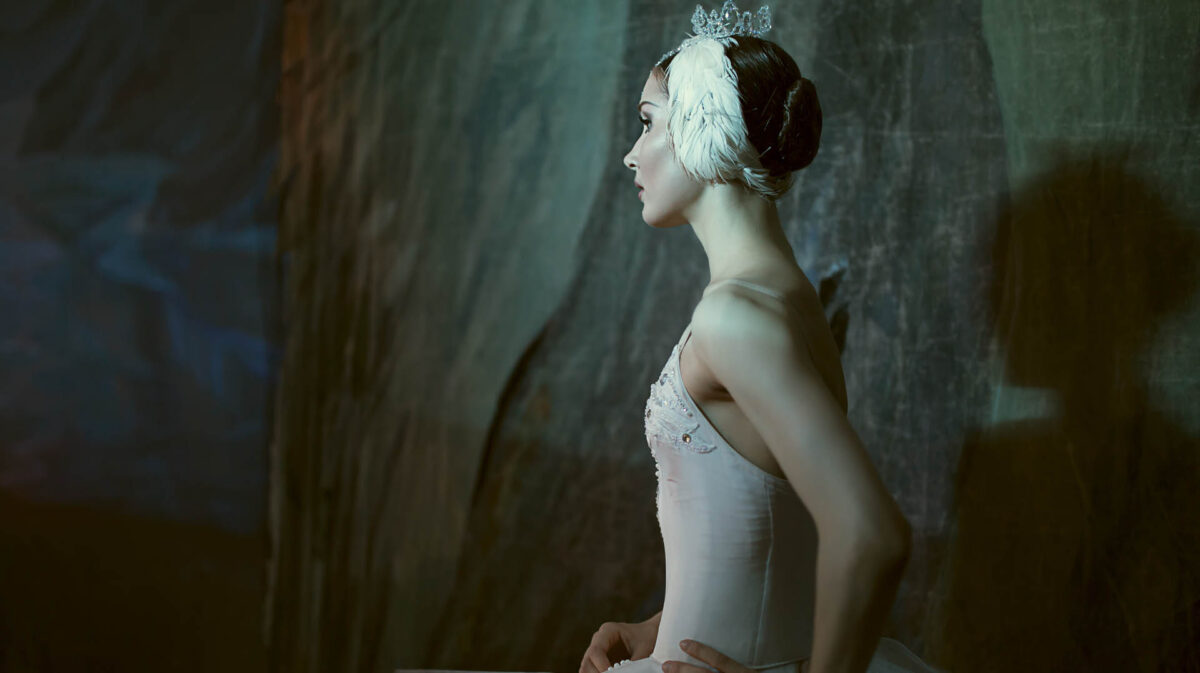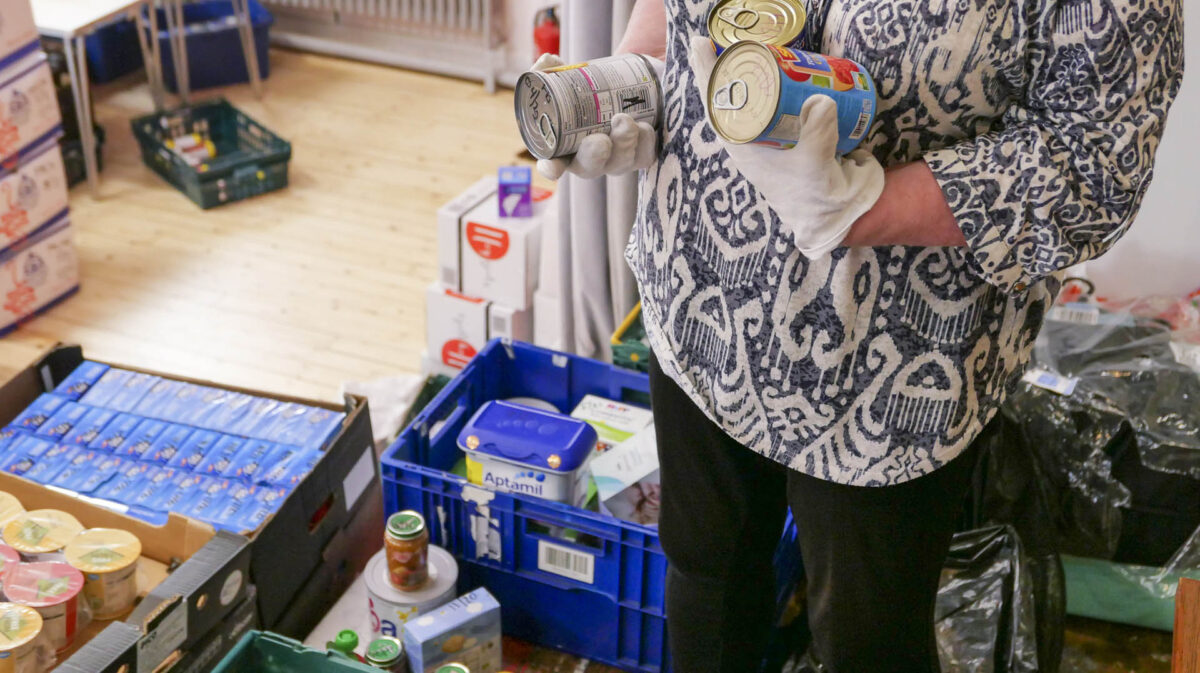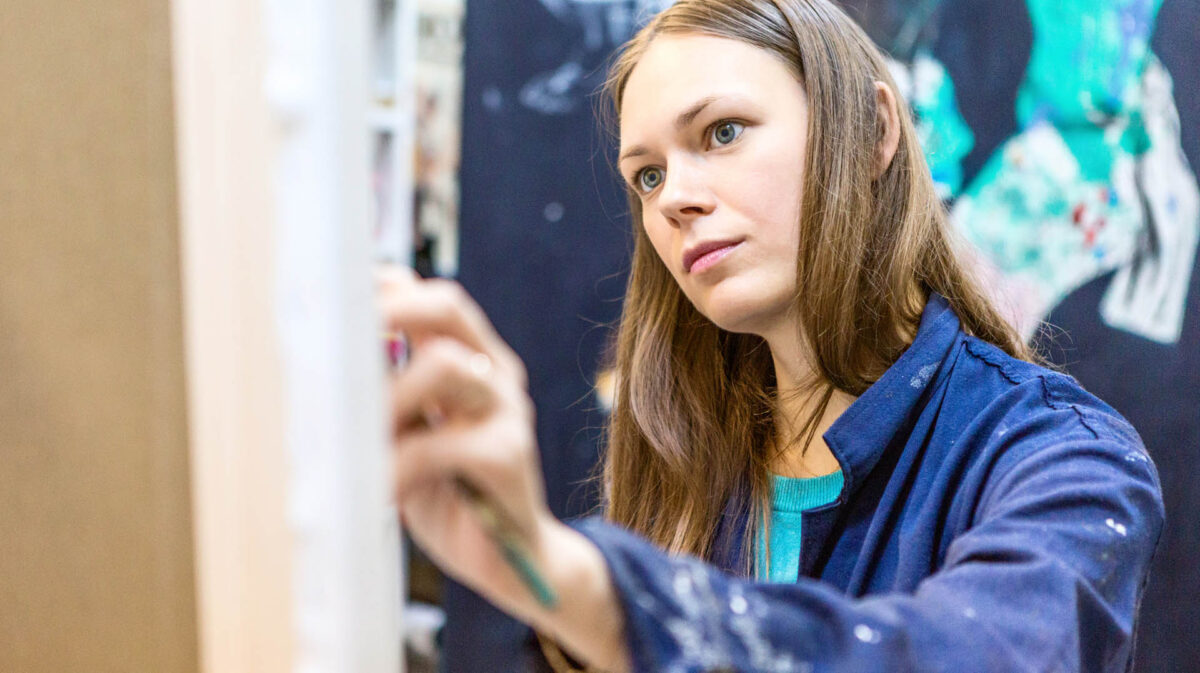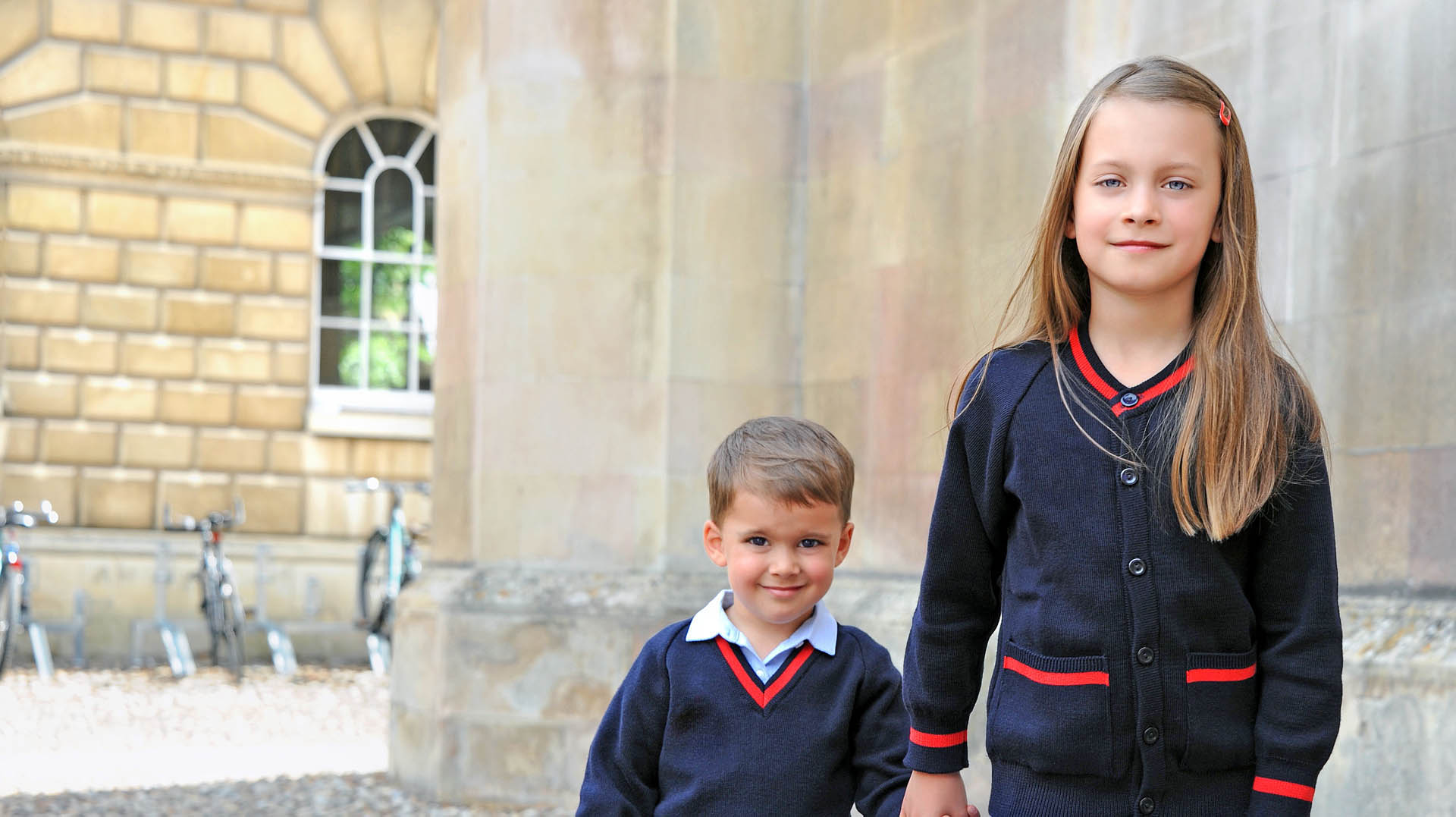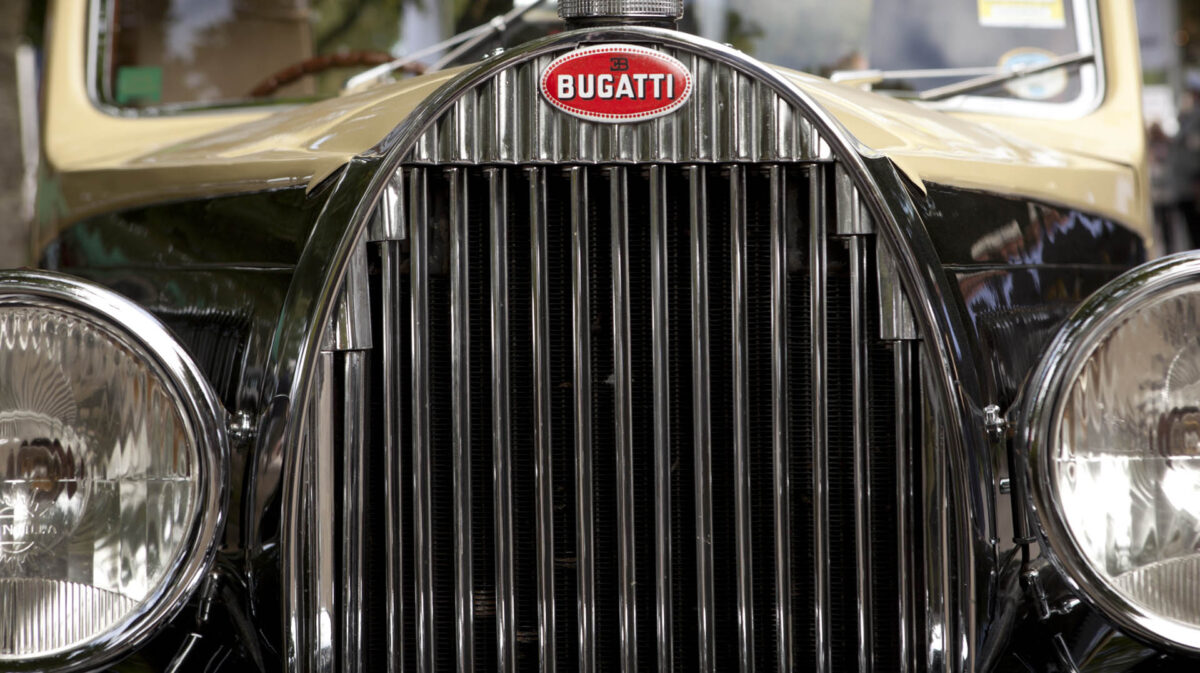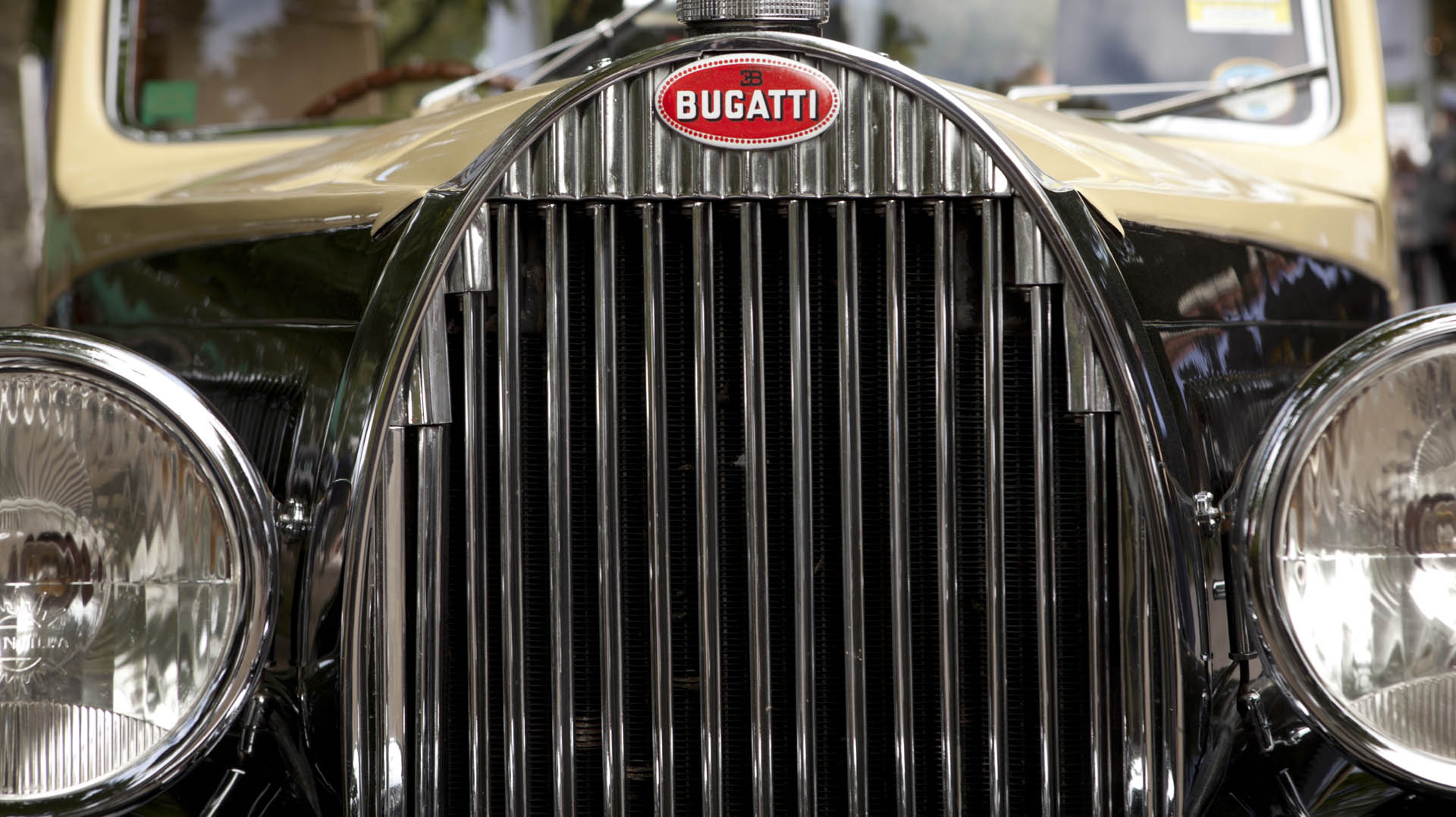Tipping pointe: Bringing ballet back from the brink

These are uncertain times for theatre and the performing arts, following a particularly punishing lockdown.
The initial impact of coronavirus on the ballet world was both swift and brutal. Schedules and performance were torn up. Practice and training were suspended. Dancers, the majority of whom are freelancers, fell between the furlough cracks and were left scrambling for government support. Theatres and companies were dealt a double blow. Firstly, the round of refunds for tickets which were often booked 18 months to two years in advance, which in turn drained the resources many were relying on until the funding was awarded for their next project. Performance pressure was replaced by anxiety for the future and fears of a lost generation of young dancers without companies to audition for.
Fast forward an applause-starved seven months and early October saw the Royal Ballet spring back to life with an evening of Covid-proof dance before a 400-strong audience. Less fortunate balletomanes who could not be in attendance were able to access the performance online via a live Vimeo feed and a post-performance pay-per-view recording.
On the night, meticulous testing, distancing and a strict “bubble” policy ensured that the dancers could perform the full choreography joyously unrestricted – enabling star turns from Anna Rose O’Sullivan and Marcelino Sambé in the Act II pas de deux from Frederick Ashton’s La fille mal gardeé.
Hailed as an optimistic, invigorating and successful selection of classics, the three hour performance made the future look suddenly brighter, with the dancers unleashing emotion and sharing their collective joy with an equally appreciative audience.
What the future holds for the performing arts, especially those with less profile and patronage than the Royal, remains to be seen. Can we realistically ask dancers to isolate for extended periods of time for our entertainment? Will audiences support pay-per-view and create a viable secondary source of income for theatres and companies alike. The future still remains worryingly opaque for dance.
29 October saw World Ballet Day – created to celebrate and support the global dance community. Following the triumphant return of the Royal Ballet’s Back on Stage review, hopefully the day can act as a beacon for how the dance world can start to successfully return to the stage.
That would be a very good day indeed.
